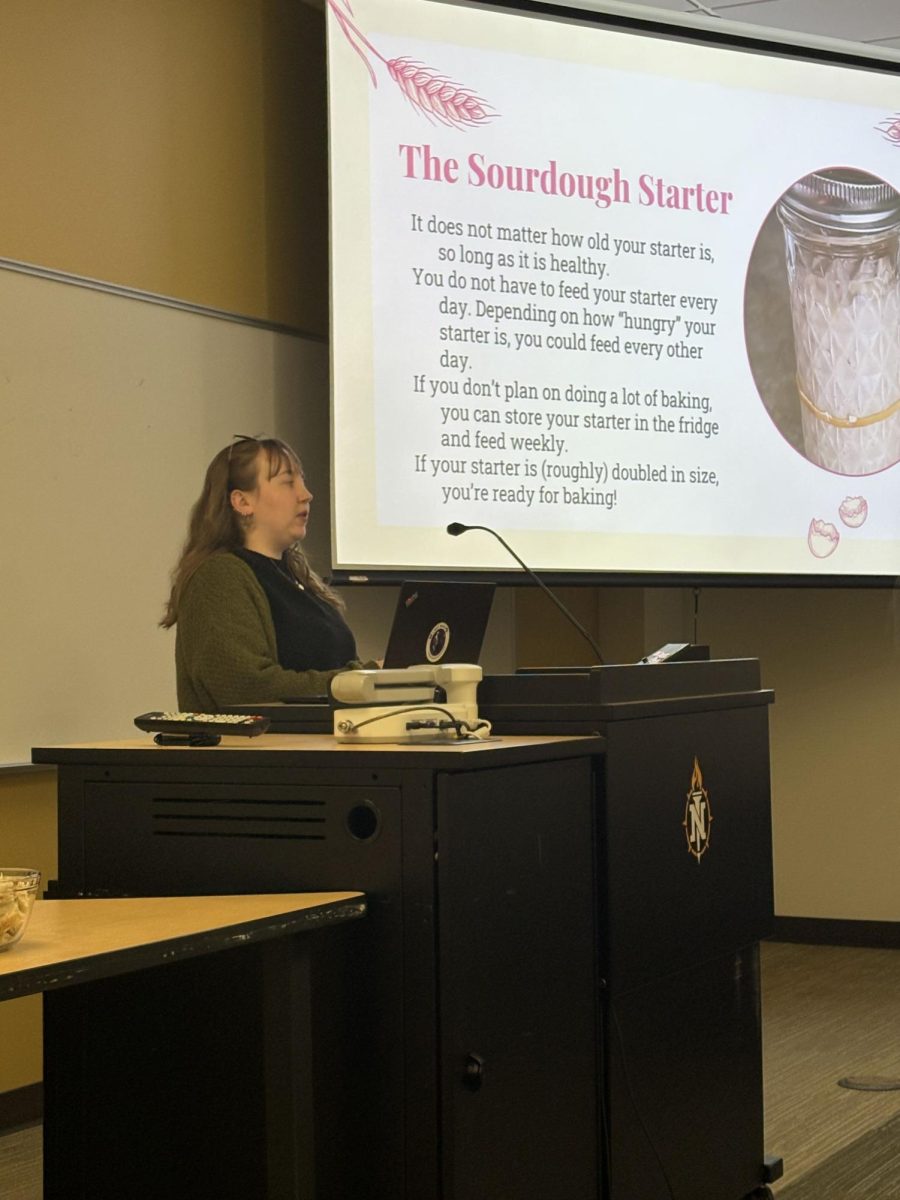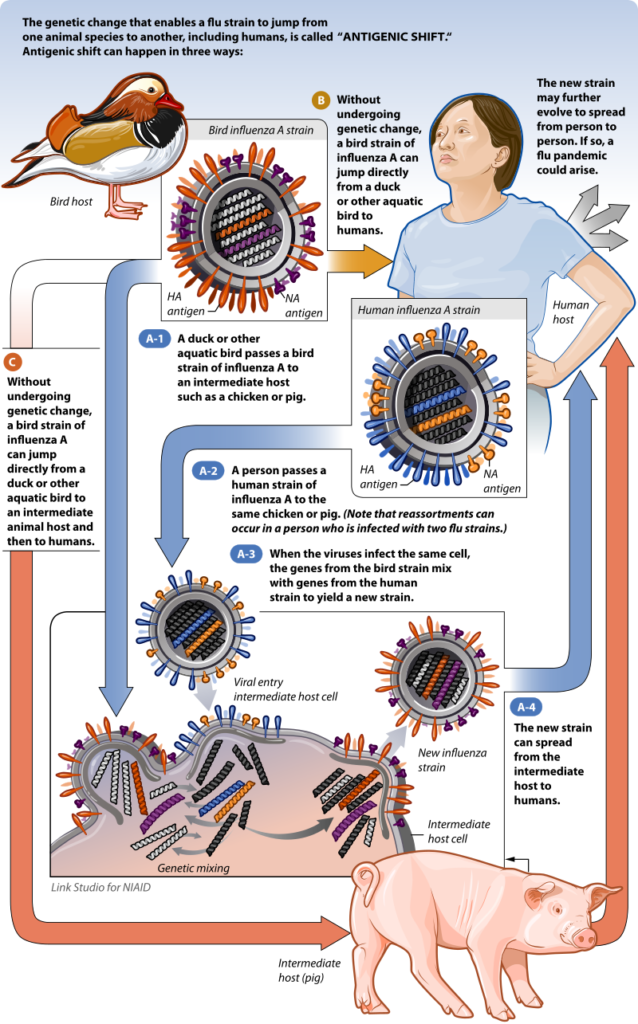The coronavirus, also known as COVID-19, is a new virus responsible for an epidemic in China, with confirmed cases scattered in Southeast Asia, Europe and North America. COVID-19 is actually just one of many different coronaviruses. Its relatives include the viruses that cause the common cold, as well as deadly pathogens like the respiratory diseases SARS and MERS. The most dangerous member of the coronavirus family, however, seldom causes fear and often lulls people into a sense of complacency—influenza.
Kevin Piggot, medical director of the Marquette County Health Department, said there are many coronaviruses.
“They infect humans but they also infect many other animals. What’s currently going on in Wuhan is a new coronavirus. Viruses we know naturally change over time. That’s the trickiest part about influenza, because it does it much more frequently,” Piggot said.
According to the World Health Organization, as of February 18, COVID-19 has infected 72,528 people in China and killed 1,870 of them. Those numbers sound scary, but they’re small potatoes compared to the flu.
The Center for Disease Control estimates that influenza has already killed at least 14,000 Americans during the 2019-2020 flu season. So why doesn’t the flu make headlines?
University of Michigan virologist Oveta Fuller said she doesn’t know, and that we should be more concerned with influenza than COVID-19.
It’s important to understand what a virus is. Viruses are nonliving particles of genetic material, either DNA or RNA, wrapped in nanoscopic sacks of proteins. Those proteins are specially adapted to attach to the cells of a living organism, and to allow the transfer of genetic material from the virus into the cell. Once the virus’ genetic material is in the cell, it can hijack the cell to do what the virus can’t on its own: reproduce.
Viruses are usually very specialized; what works for infecting a human won’t work for infecting a mango. Viruses can get even more specialized, preferring specific types of cells within a multicellular organism. However, the biology of some animals is similar enough that when a bird virus finds itself in a pig, it’ll be capable of infecting the pig’s cells. According to Piggot and Fuller, it’s generally accepted that this process is probably how COVID-19 popped up in humans.
SARS, MERS and COVID-19 all have higher mortality rates than influenza. Piggot said those rates hover at 10%, 30% and 2 to 3% respectively.
What makes the flu deadlier, Fuller said, is that viruses like MERS and SARS are more limited and not easily transmissible. The flu is already widespread and very contagious.
We need a new vaccine every year because the flu goes through something called an antigenic shift. In the context of the flu, this is when a mutation in the virus’ RNA creates a virus that is just different enough from its “parent” that our immune systems won’t recognize it.
“In the U.S.,” Piggot said, “the estimates are already about 22 million people having had (seasonal) influenza and 210,000 hospitalizations.”
The most vulnerable people to the seasonal flu are children, the elderly, and adults with underlying medical conditions. Piggot said the flu doesn’t necessarily kill people outright, but rather it degrades the ability of the body to cope with afflictions like heart disease, diabetes.
The flu is devastating enough seasonally, but it has the capacity to cause catastrophic pandemics on an astronomical scale, and it has. Sometime before 1918, the flu went through an antigenic shift. It created a virus that infected hundreds of millions of people world-wide.
A hundred years later, another H1N1 virus emerged causing yet another pandemic in 2009. Lucky, it wasn’t nearly as deadly, but it served as a reminder of the threat we face from the coronavirus family because, in the words of Piggot, “we have great walls of denial.”
Getting a flu vaccine protects you and people around you. To avoid getting sick from any respiratory virus, wash hands frequently and stay away from someone who’s sick. If you’re sick, stay home. There can be social and financial pressure to go to work or show up for school, but doing so will likely get others sick, perhaps some who will have a more severe illness or unforeseen complications.
There is much we don’t know about COVID-19, but it is not likely to rival the flu in numbers of people infected. Fuller stressed surveillance is key to containing any emerging virus, that we’re likely to encounter more of them. The bigger threat from COVID-19 is fear. However, she believes there is currently a good balance between vigilance and tangible steps to keep the virus from spreading.


























